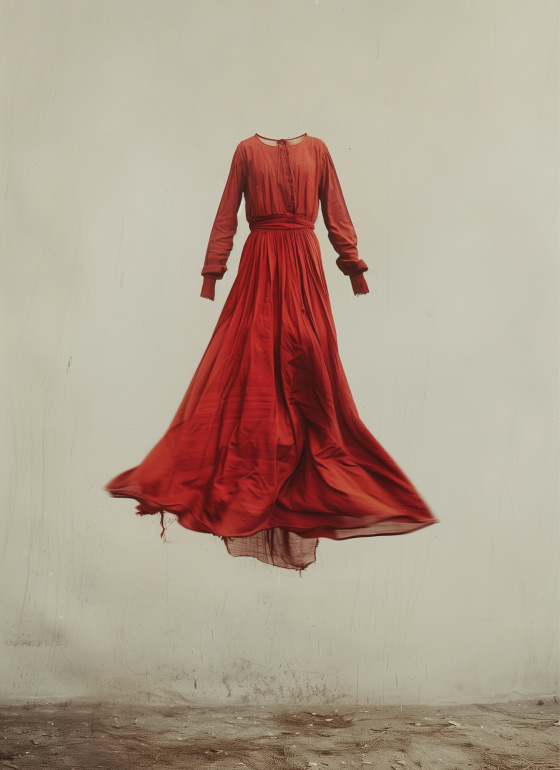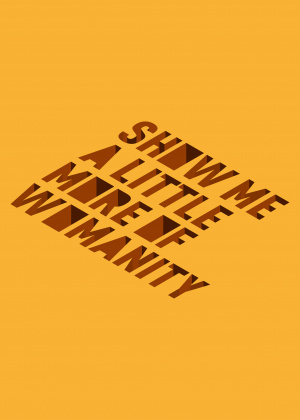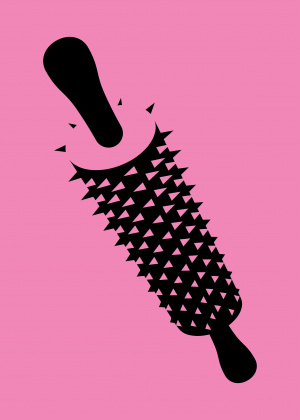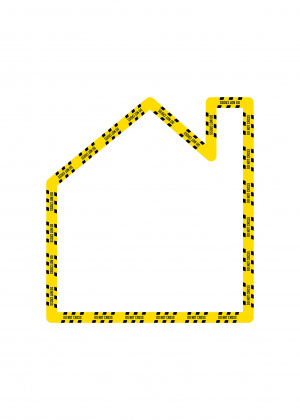"The Empty Dress" presents a haunting image of absence and loss, symbolized through a traditional red dress that floats eerily in mid-air, as if worn by an invisible figure. The dress, delicate yet vibrant, stands as a poignant reminder of the countless women who have been erased from our world due to violence. Its slight tear at the hem hints at the violence endured, while the emptiness inside the dress speaks to the lives that have been lost and the void left behind.
The simplicity of the design, set against a neutral, almost barren background, draws the viewer's focus entirely to the dress. The absence of a body within it creates an unsettling tension, representing not only the physical loss of life but also the emotional and societal void that such violence creates. The choice of a traditional red dress, often a symbol of femininity and celebration, subverts expectations, transforming it into a stark symbol of mourning and remembrance.
This poster is a silent yet powerful statement about the impact of violence against women. "The Empty Dress" asks the viewer to contemplate the empty spaces left by those who are no longer with us and to recognize the tragedy of lives cut short. It serves as a call to action, urging society to fill these empty spaces with justice, support, and the will to end such violence. The design is both a memorial and a message: we must remember those who have been lost and work tirelessly to ensure that no more dresses are left empty.
This poster belong to
Stop killing women
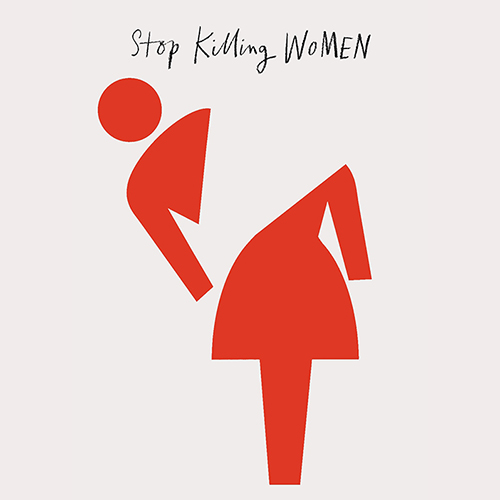
According to UN Women, 2022 was the year in which the most women were intentionally murdered to date: nearly 89,000. Of these ‘Around 48,800 women and girls worldwide were killed by their intimate partners or other family members (including fathers, mothers, uncles and brothers). This means that, on average, more than 133 women or girls are killed every day by someone in their own family.’
If it’s not bad enough that femicide is increasing, the real statistic is probably much higher: ‘for roughly four in ten intentional murders of women and girls, there is not enough information to identify them as gender-related killings because of national variation in criminal justice recording and investigation practices’.
This must change. So this year, we want to ask your help in drawing attention to all forms of violence against women: for the world to stop killing women.
Readmore

